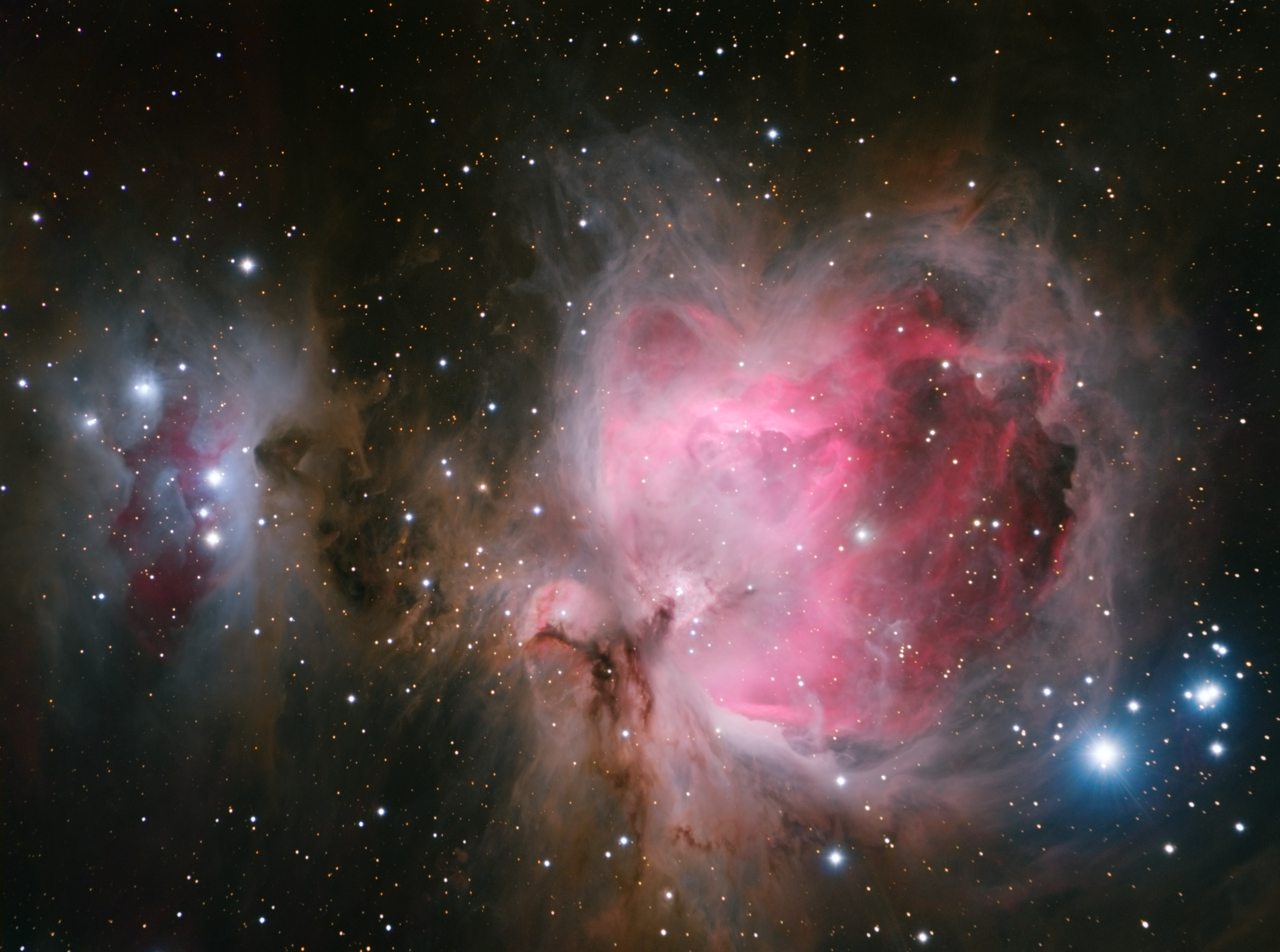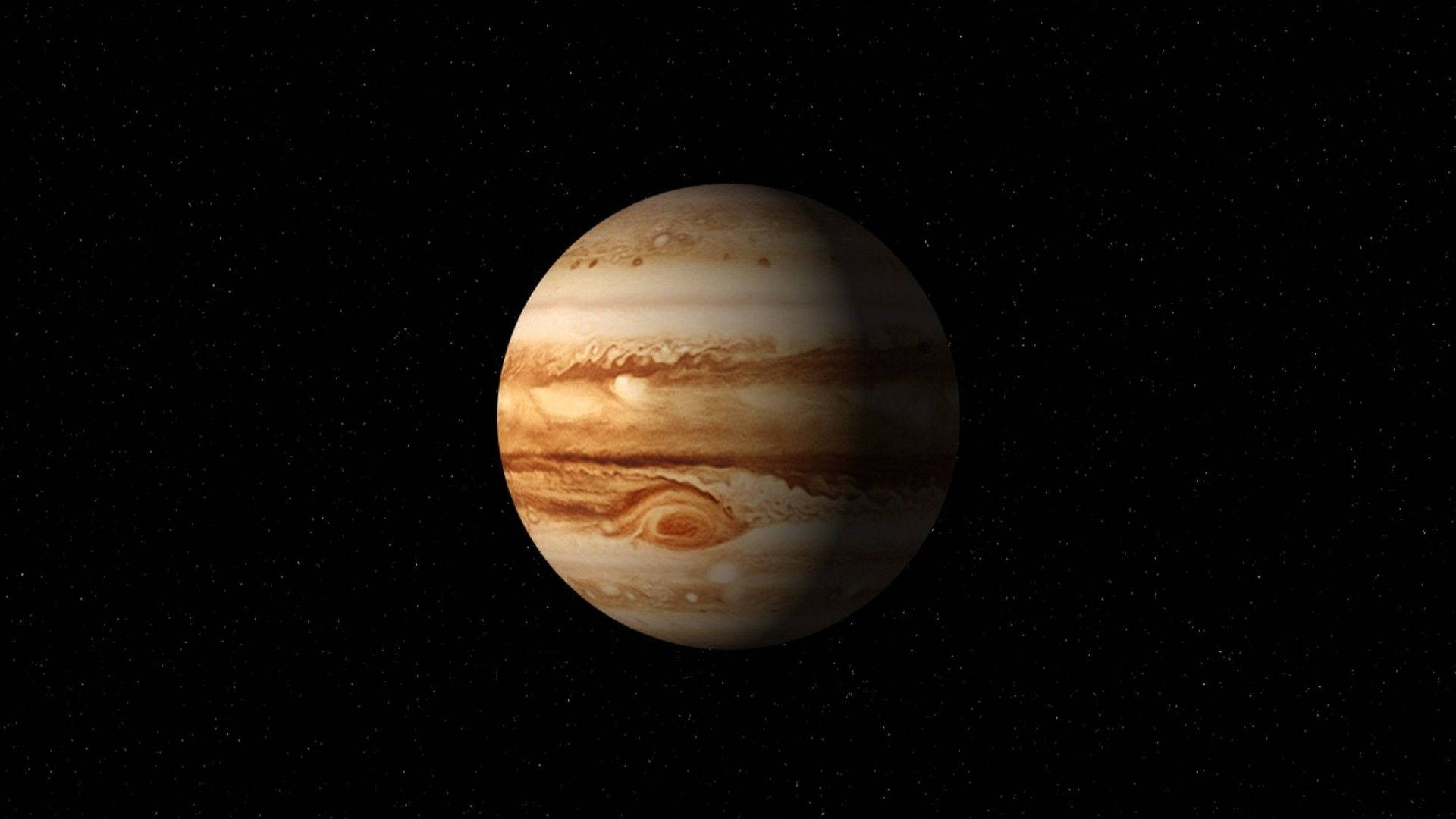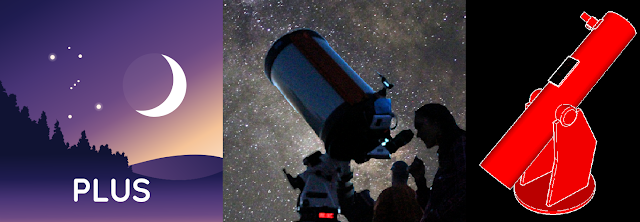The Stellar Spark
I am thrilled to share my passion for astronomy through captivating visuals captured by my telescope. Join me as we embark on a visual journey through the cosmos, exploring the wonders of the universe one photograph at a time. Through this blog, I aim to showcase the beauty and mysteries of celestial objects that I have captured using my telescope. From stunning images of distant galaxies and nebulae to intricate details of our own solar system, each photo tells a unique story and reveals the awe-inspiring nature of our universe. Whether you are an astronomy enthusiast, a fellow astrophotographer, or simply someone who appreciates the splendor of the cosmos, this blog is for you. Expect to see breathtaking photographs accompanied by intriguing insights and information about the objects depicted. My goal is to inspire and ignite a sense of wonder in the hearts of my viewers. By sharing these telescope photos, I hope to convey the magnificence of the night sky and encourage a deeper appr





